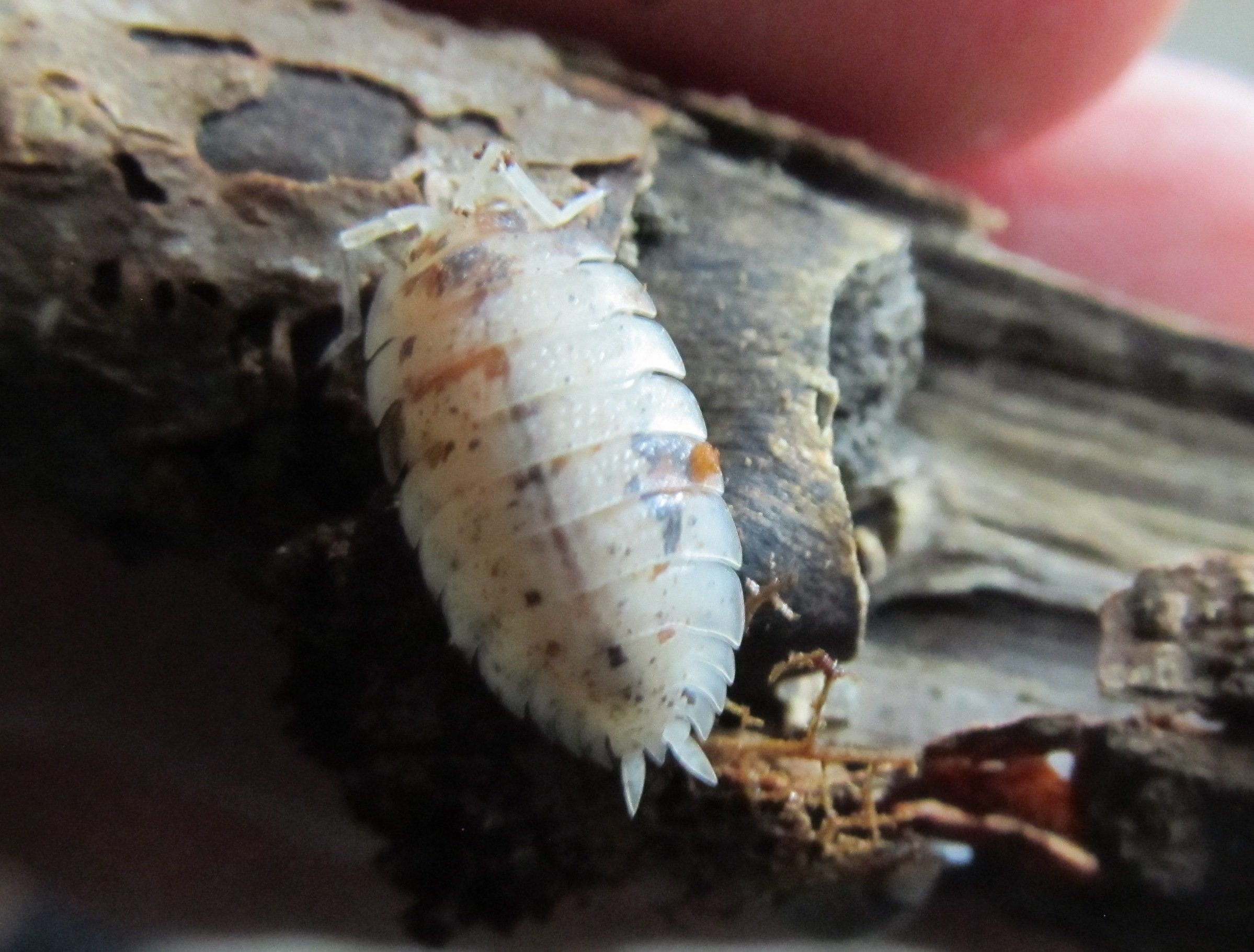So I wanted to start this thread a a documentation of this project and also to see if anyone else is doing similar or the same thing with scaber genetics.
I recently opened one of my giant orange cultures to a surprise....
![Image]()
In searching for some answers I came across this paper
http://labs.csb.utoronto.ca/larsen/pdf/Sowbug.pdf
According to this. Orange is a recessive trait in scaber. It's a shame that they didn't have Dalmatian in the mix but I guess that's where I get to fill in the blanks.
After searching the internets to figure out how to sex scaber, i found this reference image....
![Image]()
and I figured out my little anomaly is a male, so I've paired him up with two orange females from his culture (hopefully to produce heterozygous oranges) and two female Dalmatians ( to make gray double hets). The plan is to breed the F1's back together to get more dalmatian oranges and eventually isolate the phenotype.
![Image]()
![Image]()
I recently opened one of my giant orange cultures to a surprise....

In searching for some answers I came across this paper
http://labs.csb.utoronto.ca/larsen/pdf/Sowbug.pdf
According to this. Orange is a recessive trait in scaber. It's a shame that they didn't have Dalmatian in the mix but I guess that's where I get to fill in the blanks.
After searching the internets to figure out how to sex scaber, i found this reference image....

and I figured out my little anomaly is a male, so I've paired him up with two orange females from his culture (hopefully to produce heterozygous oranges) and two female Dalmatians ( to make gray double hets). The plan is to breed the F1's back together to get more dalmatian oranges and eventually isolate the phenotype.
























